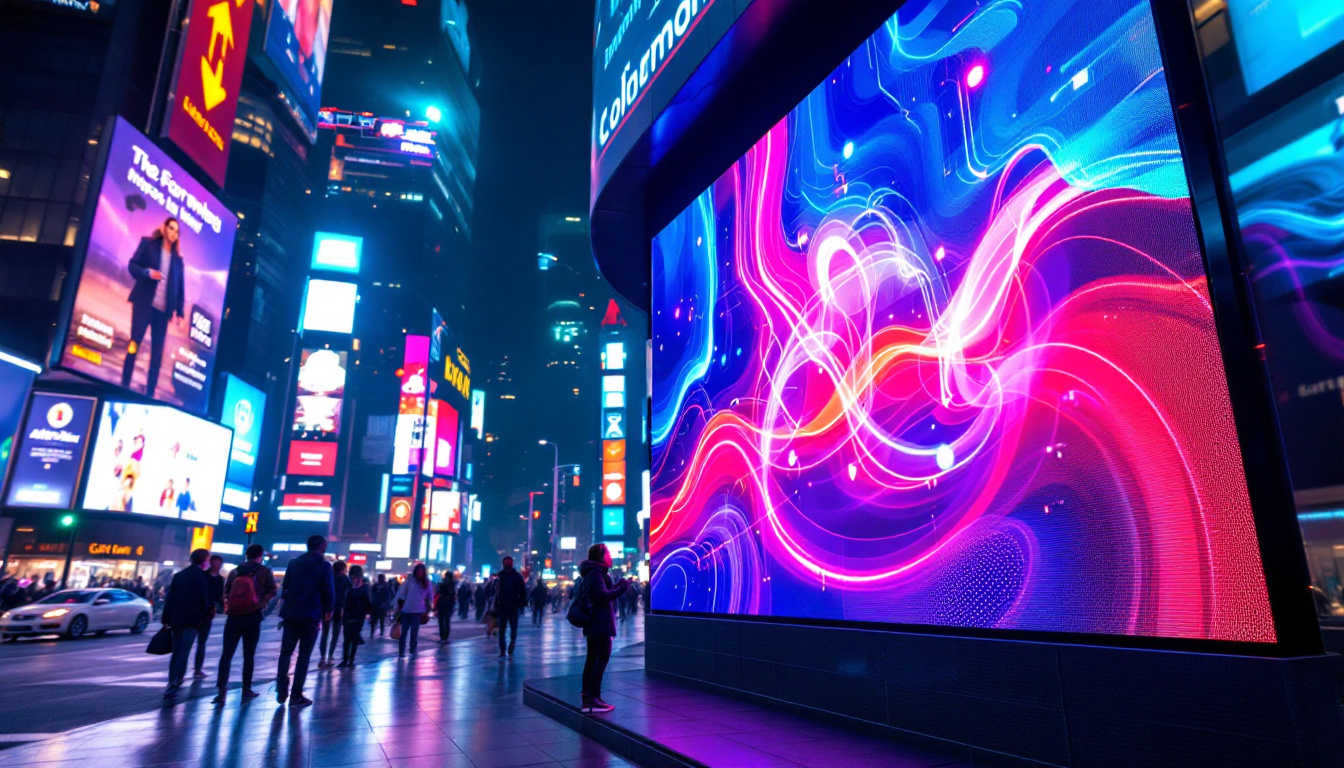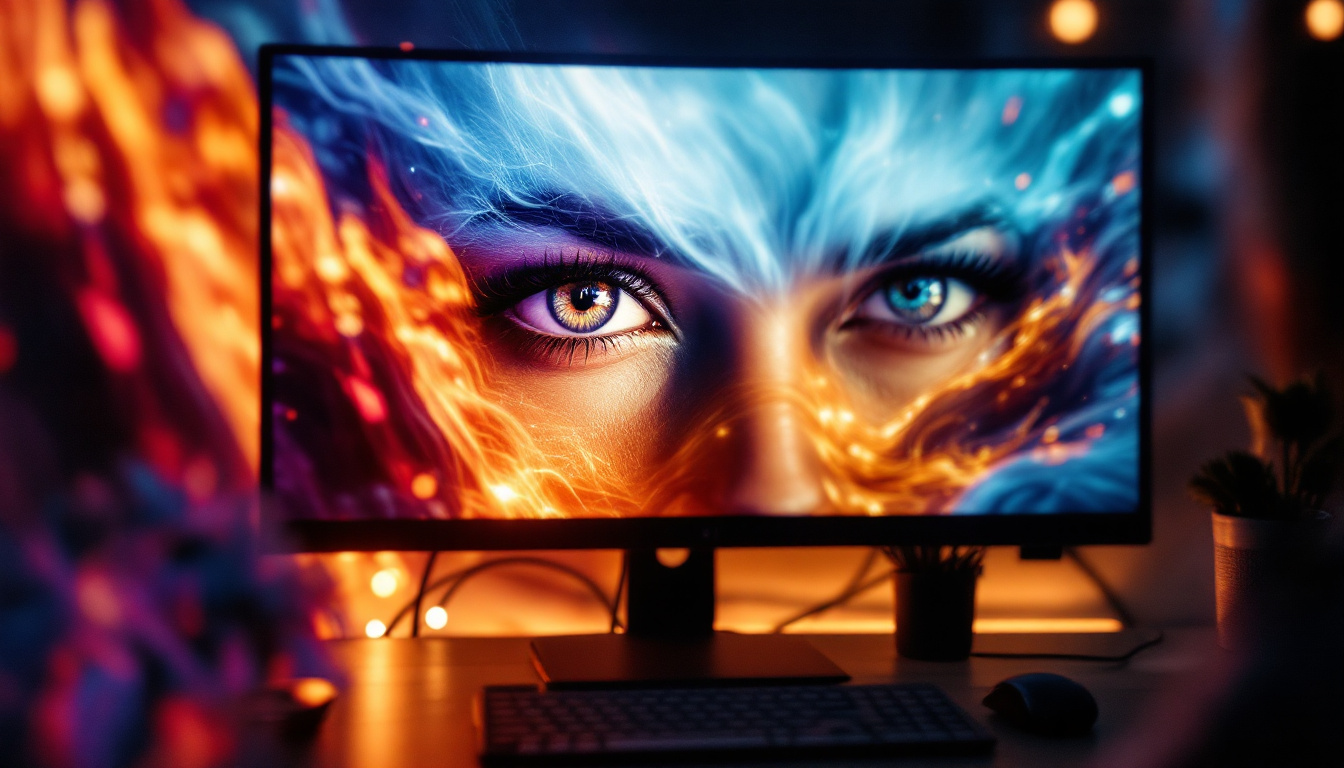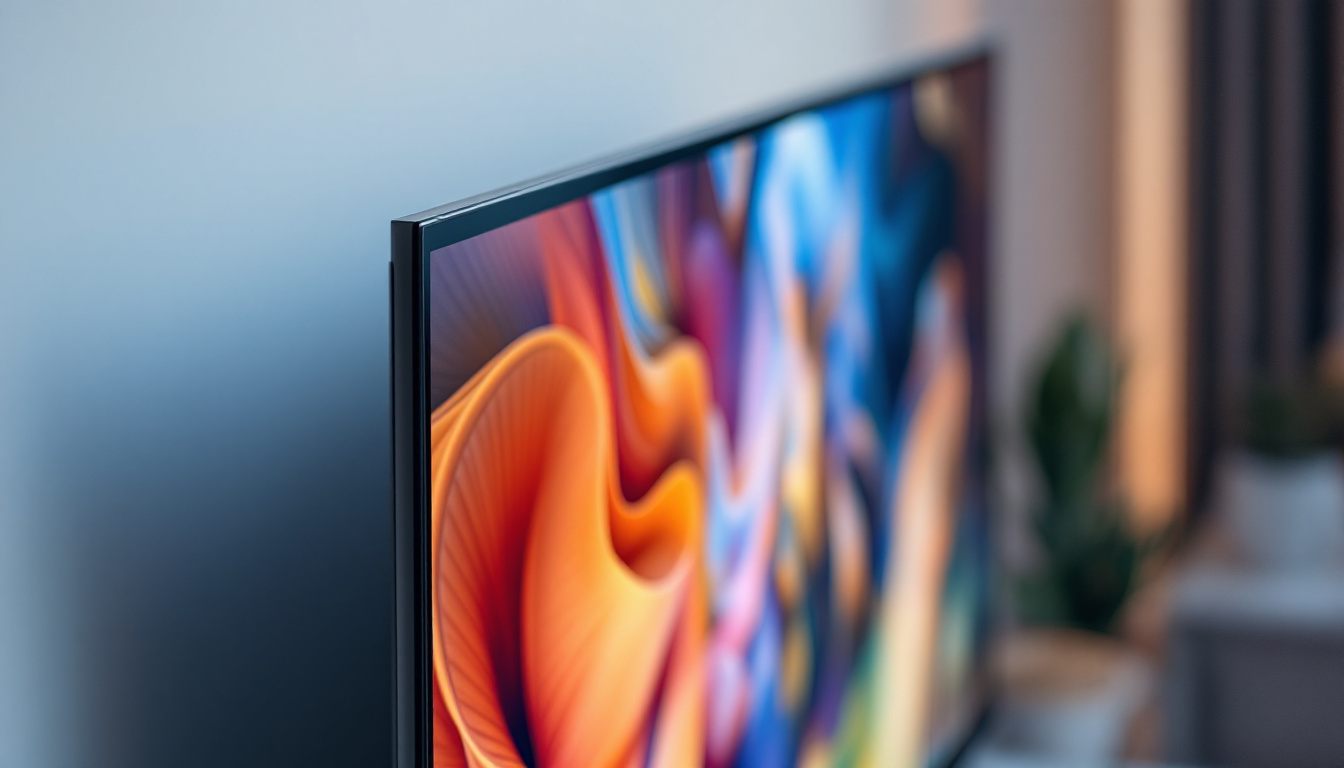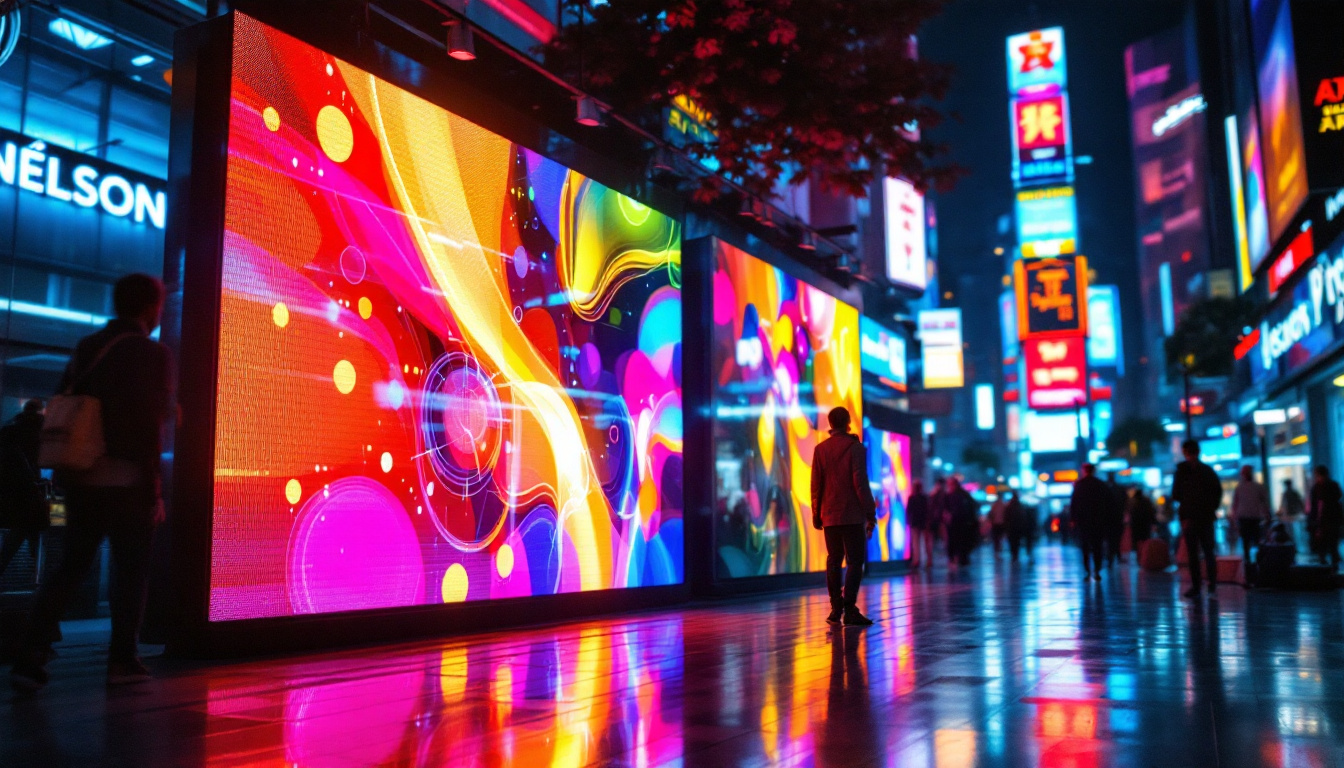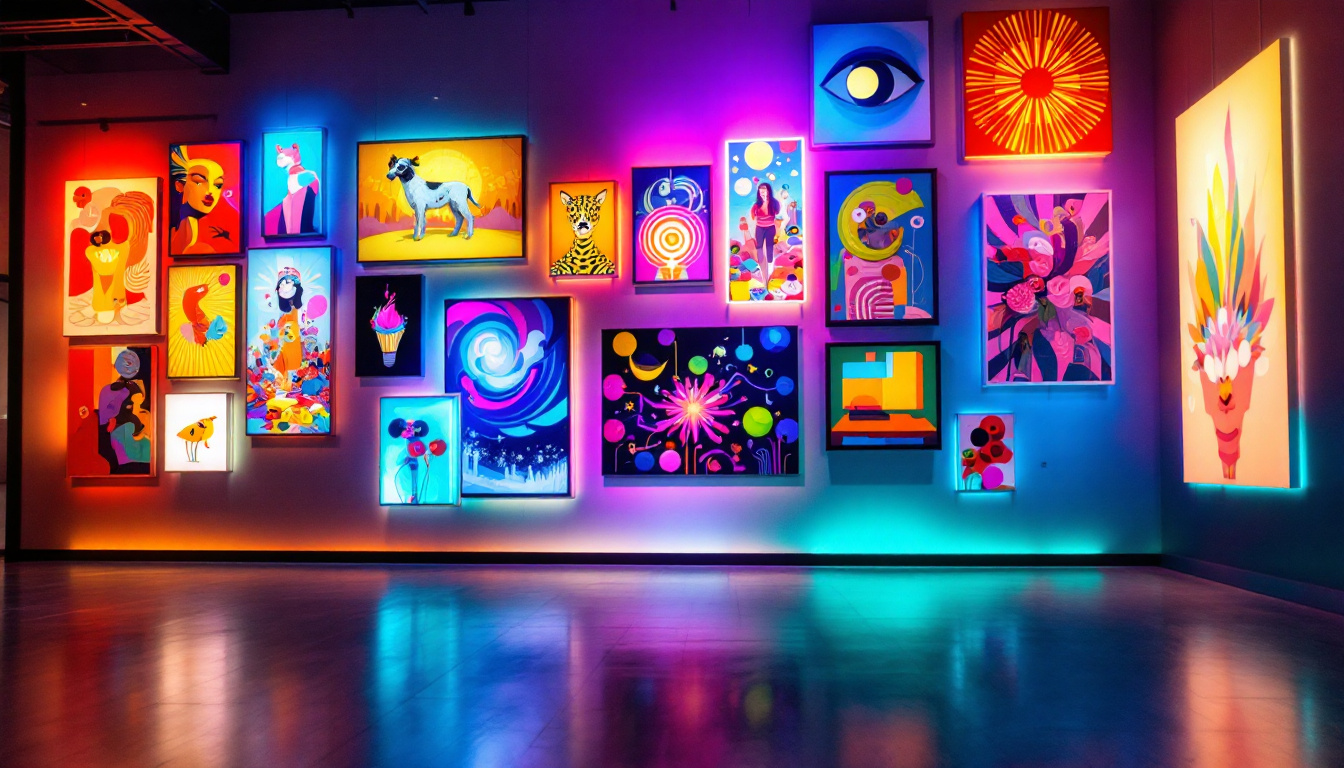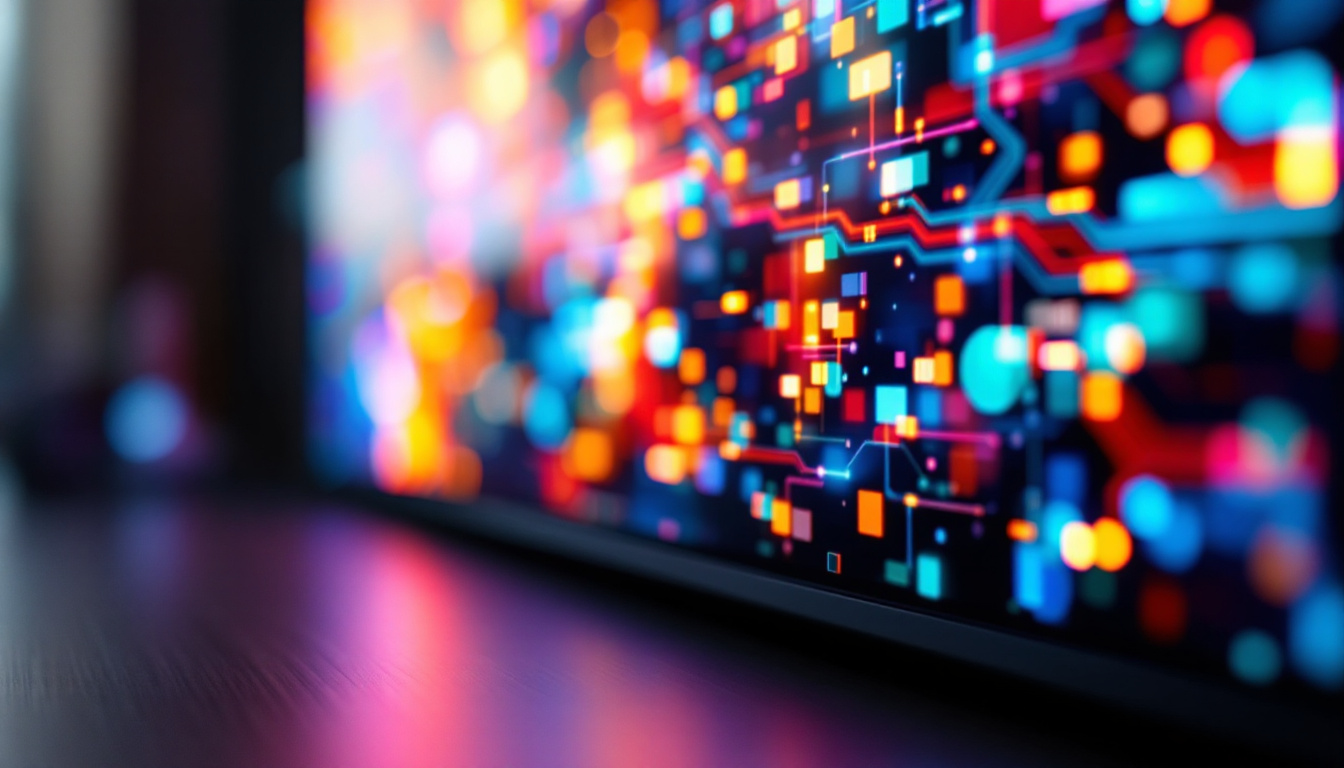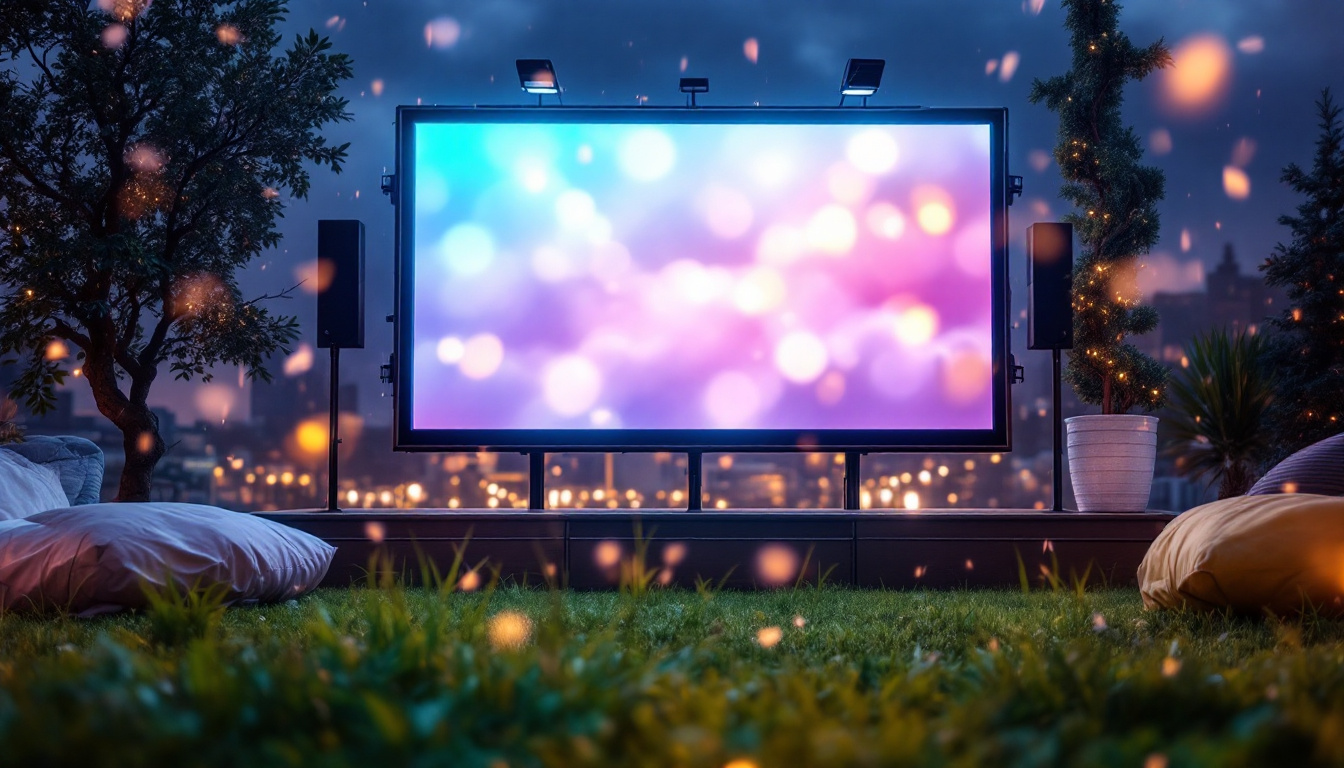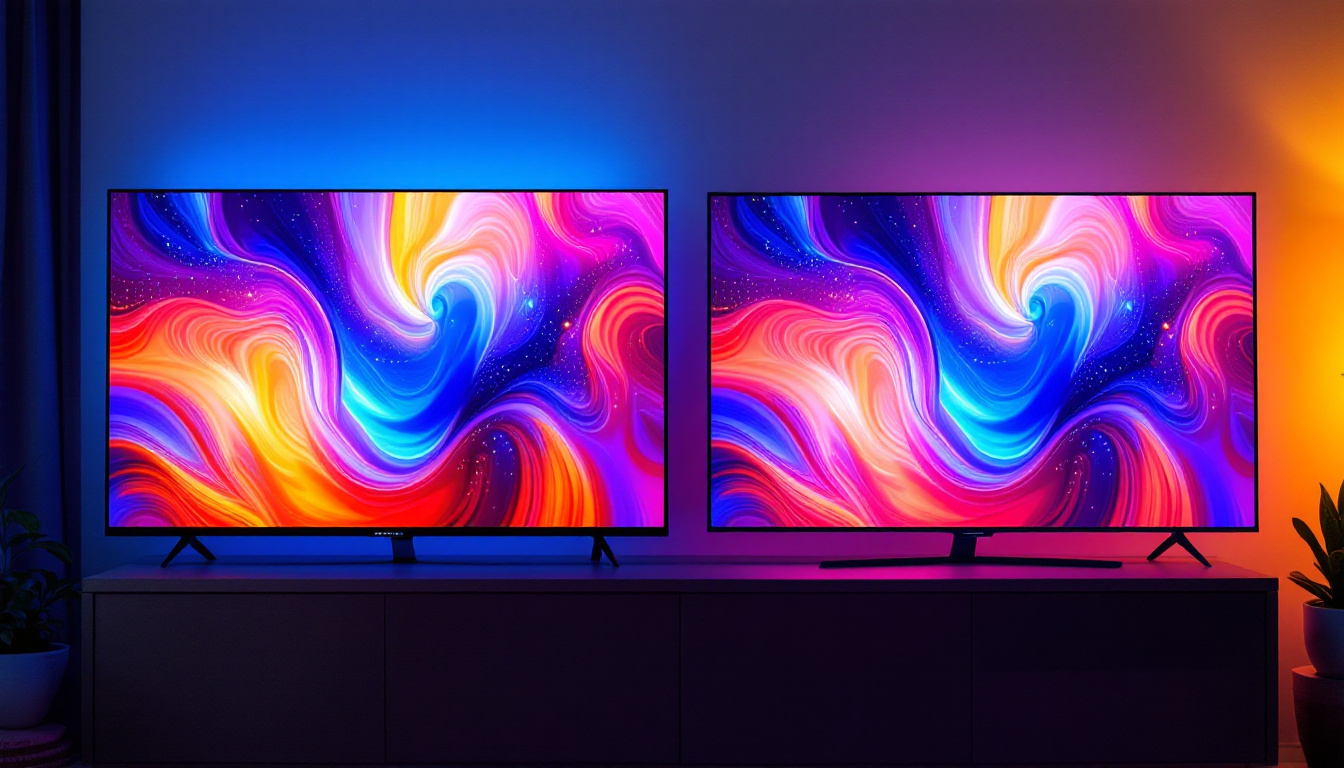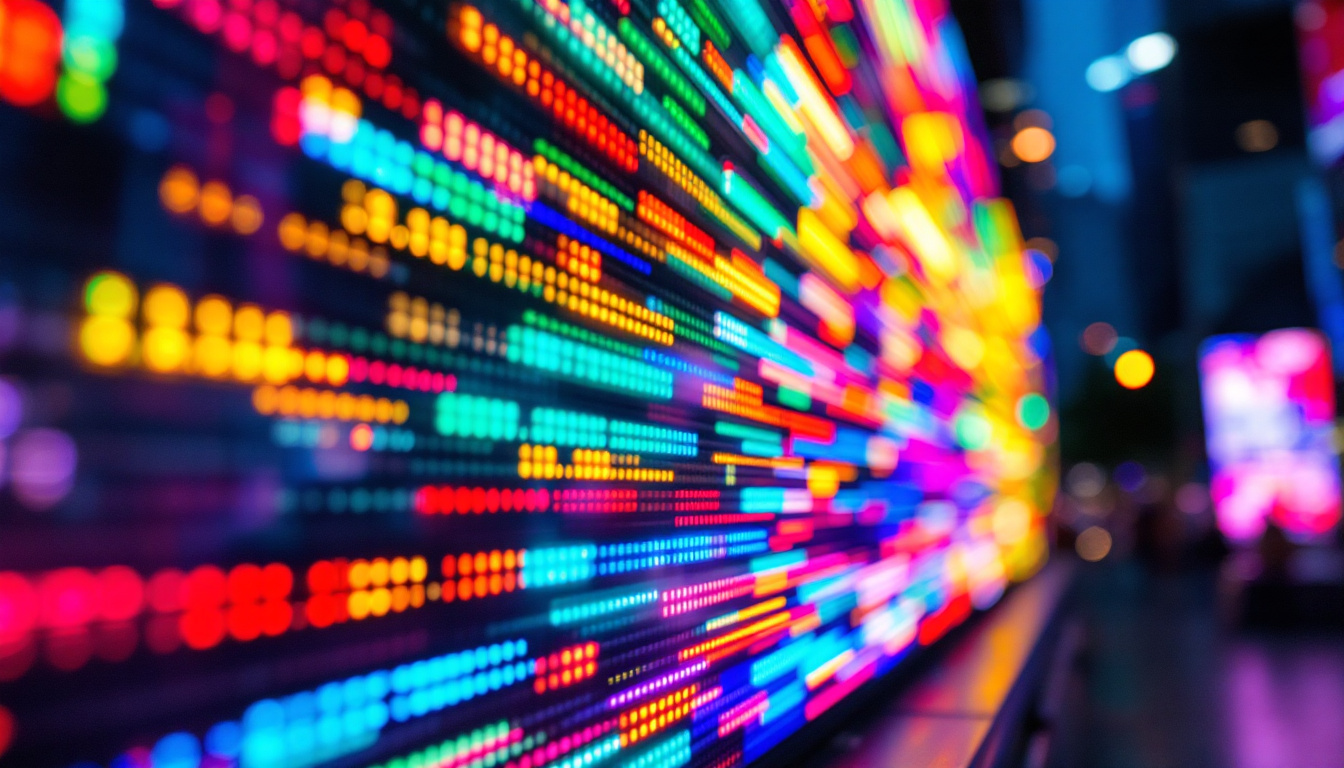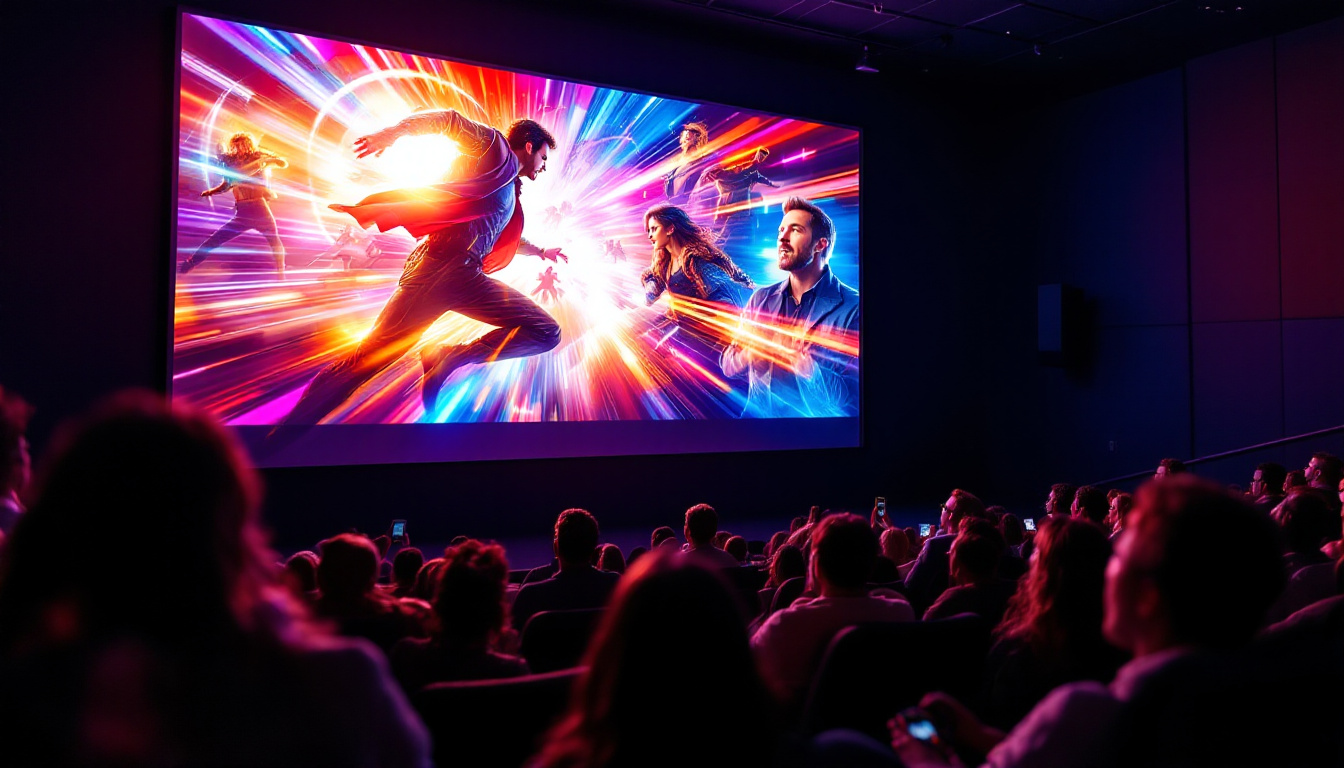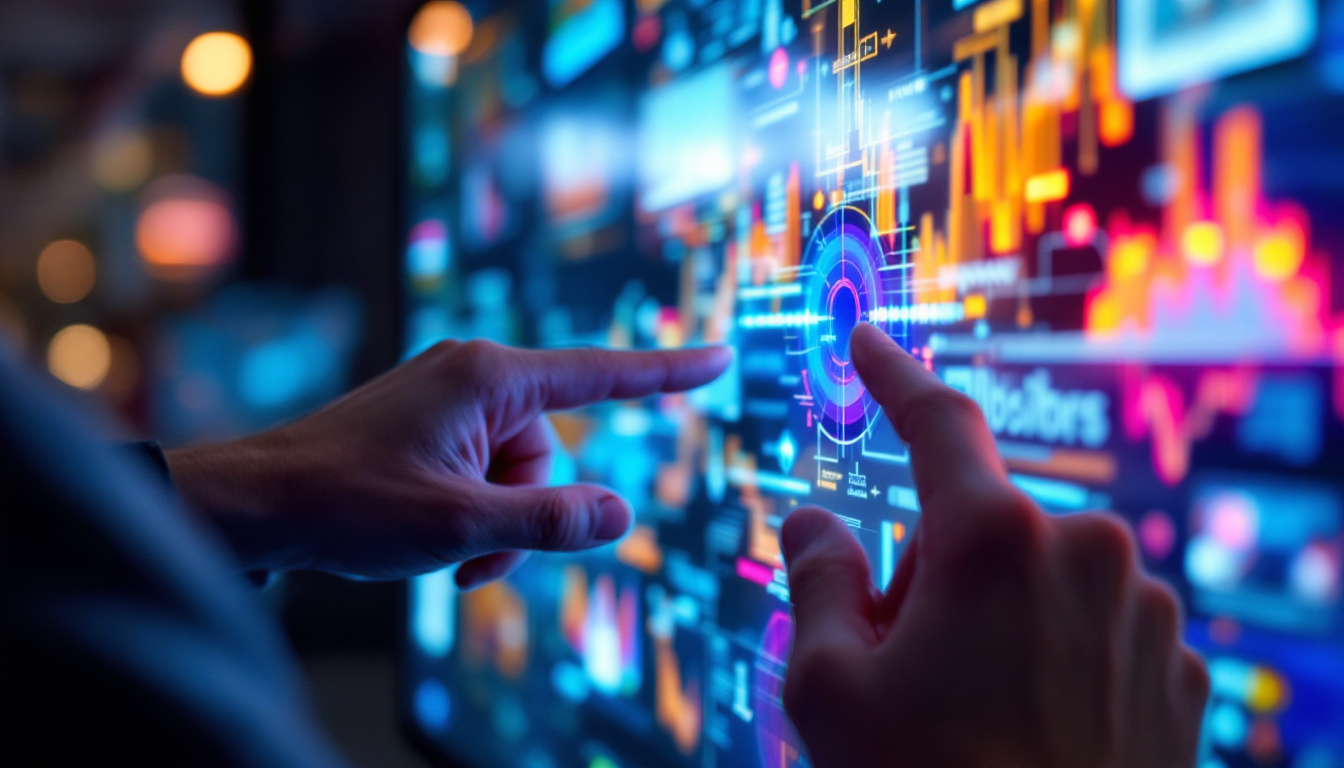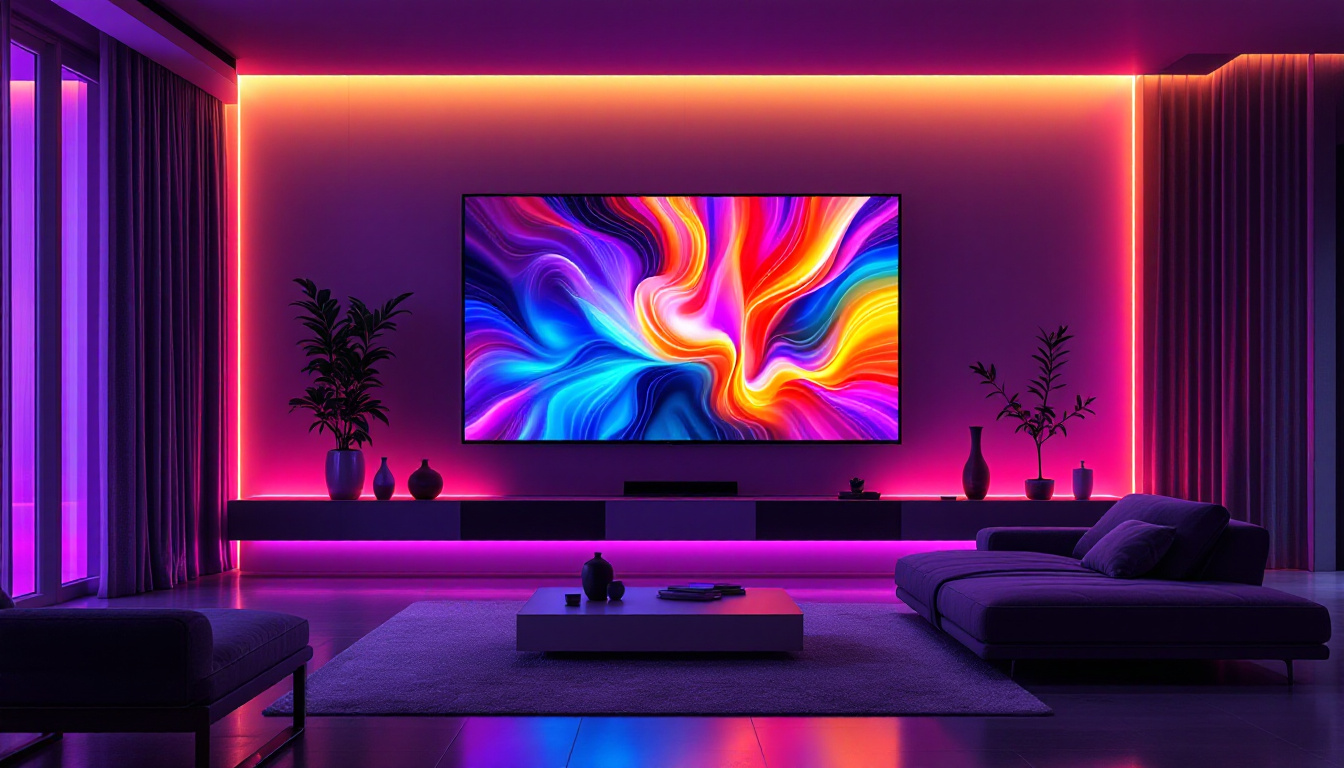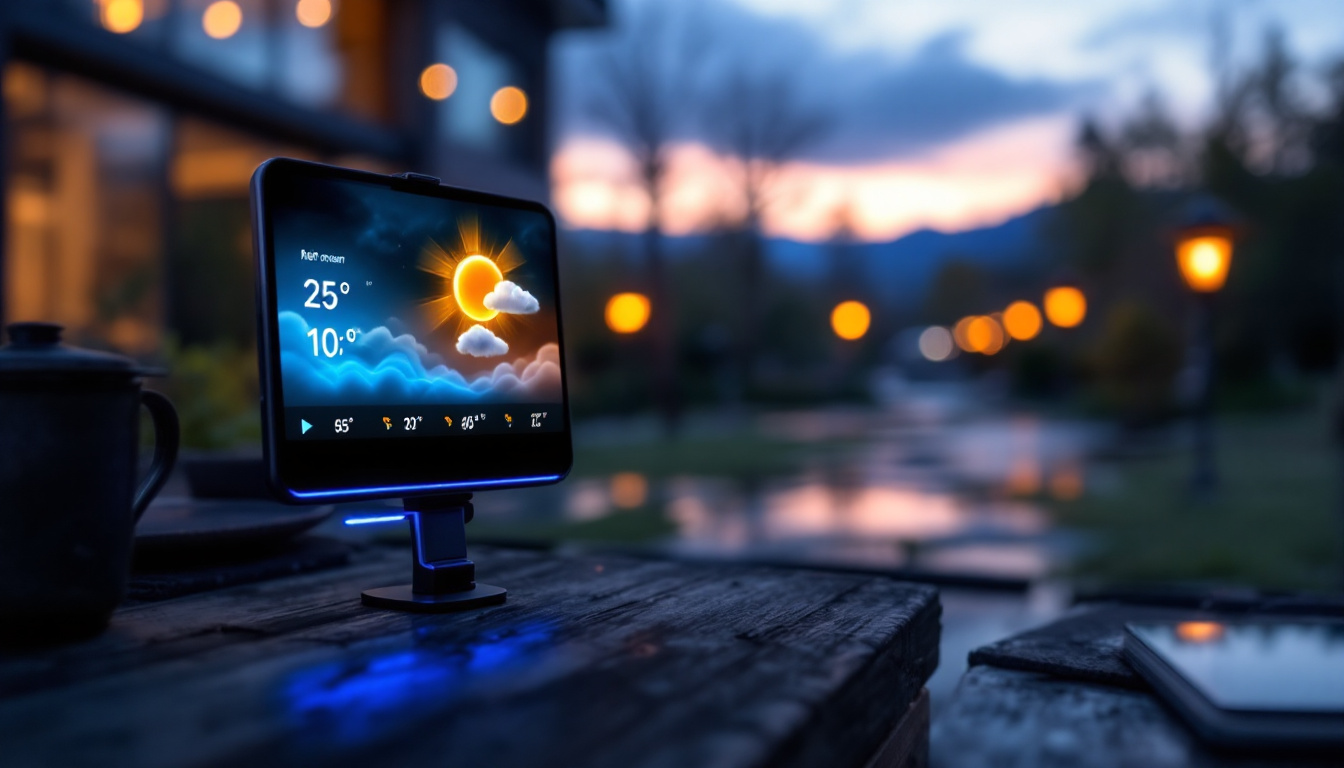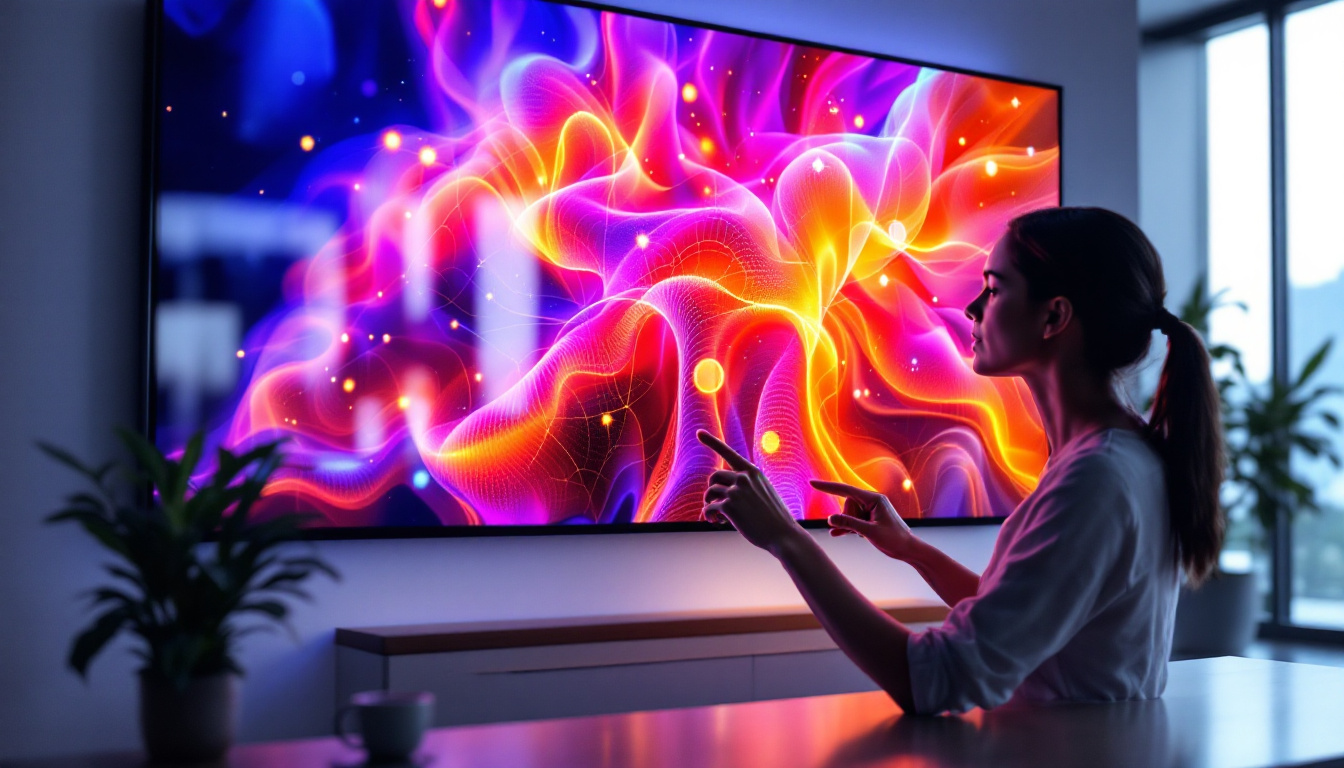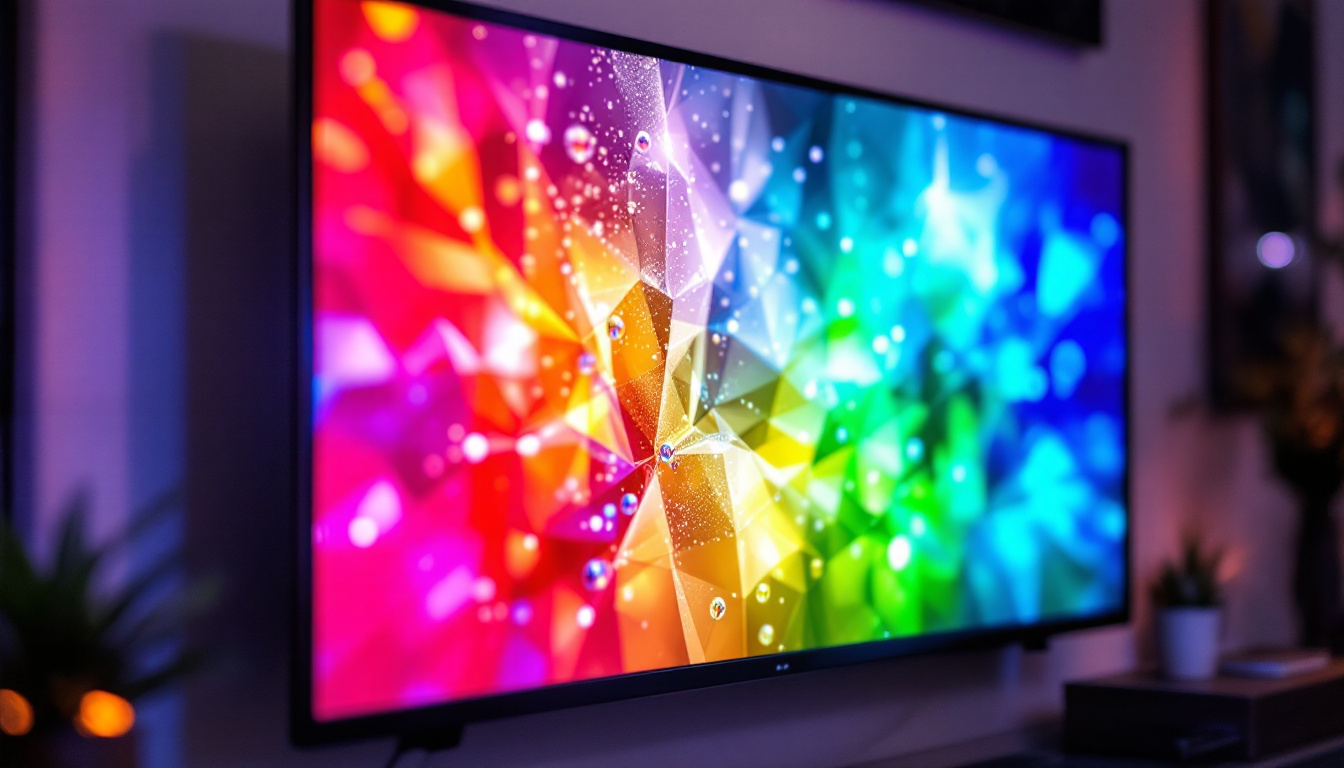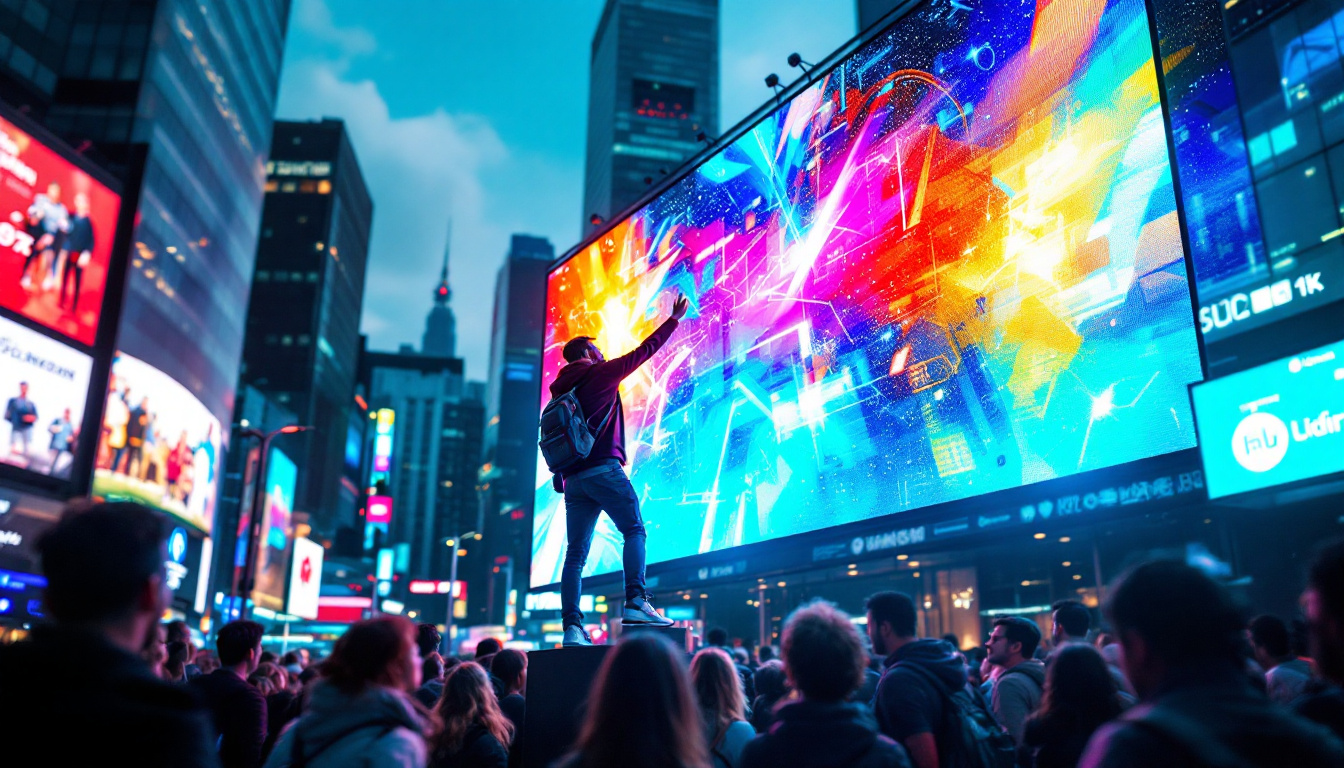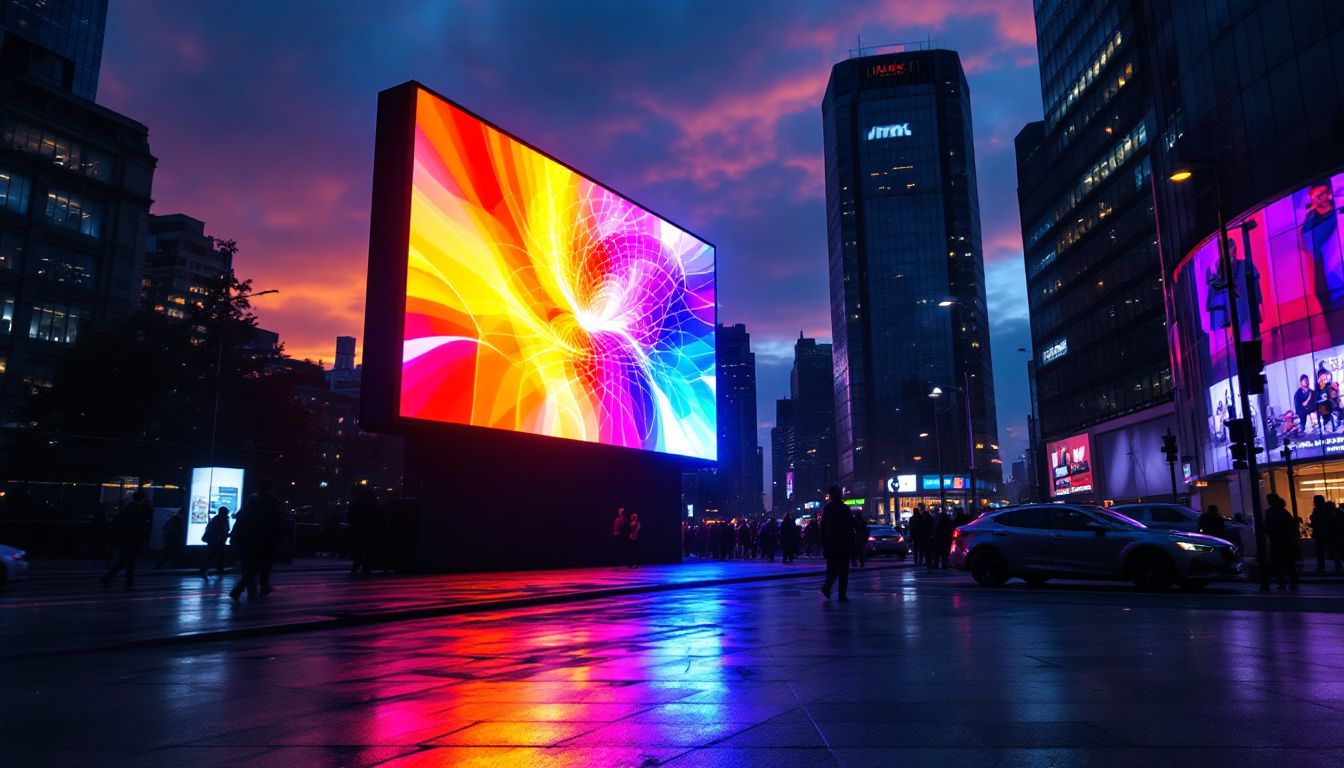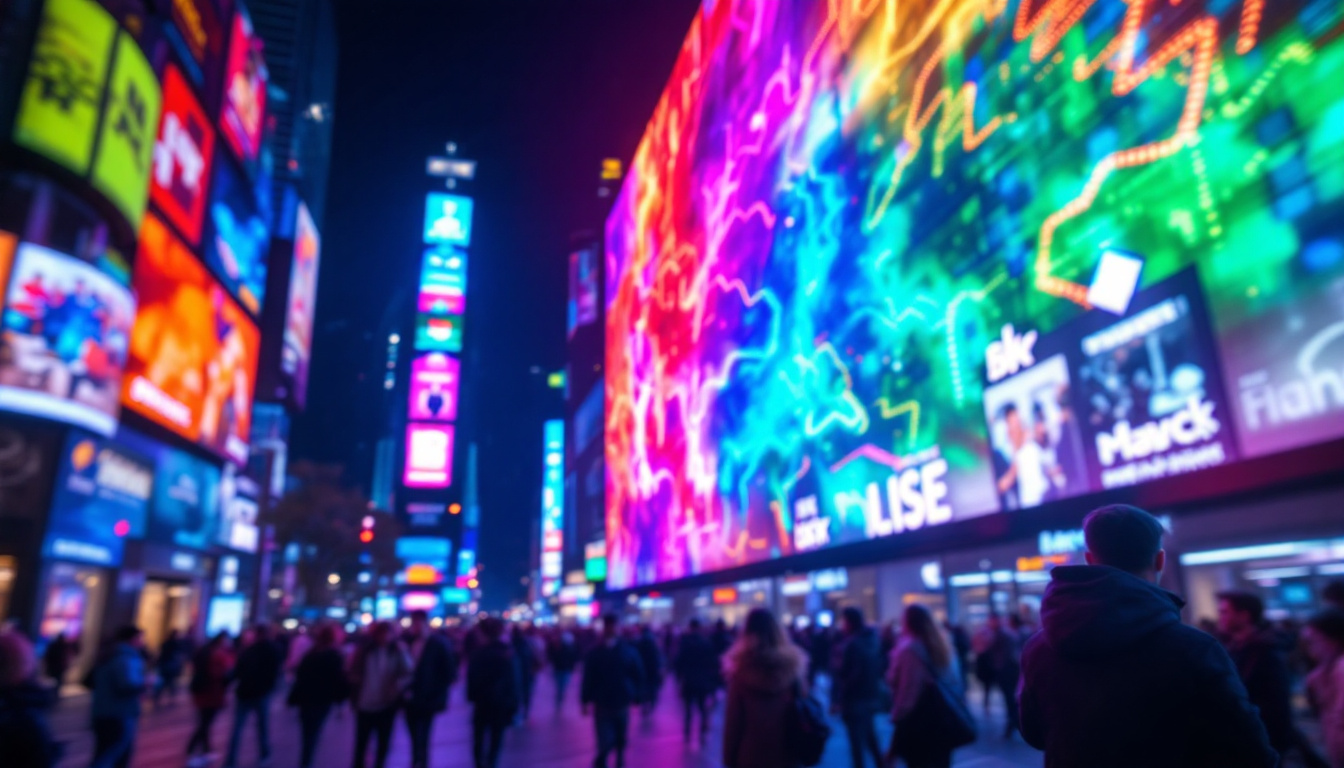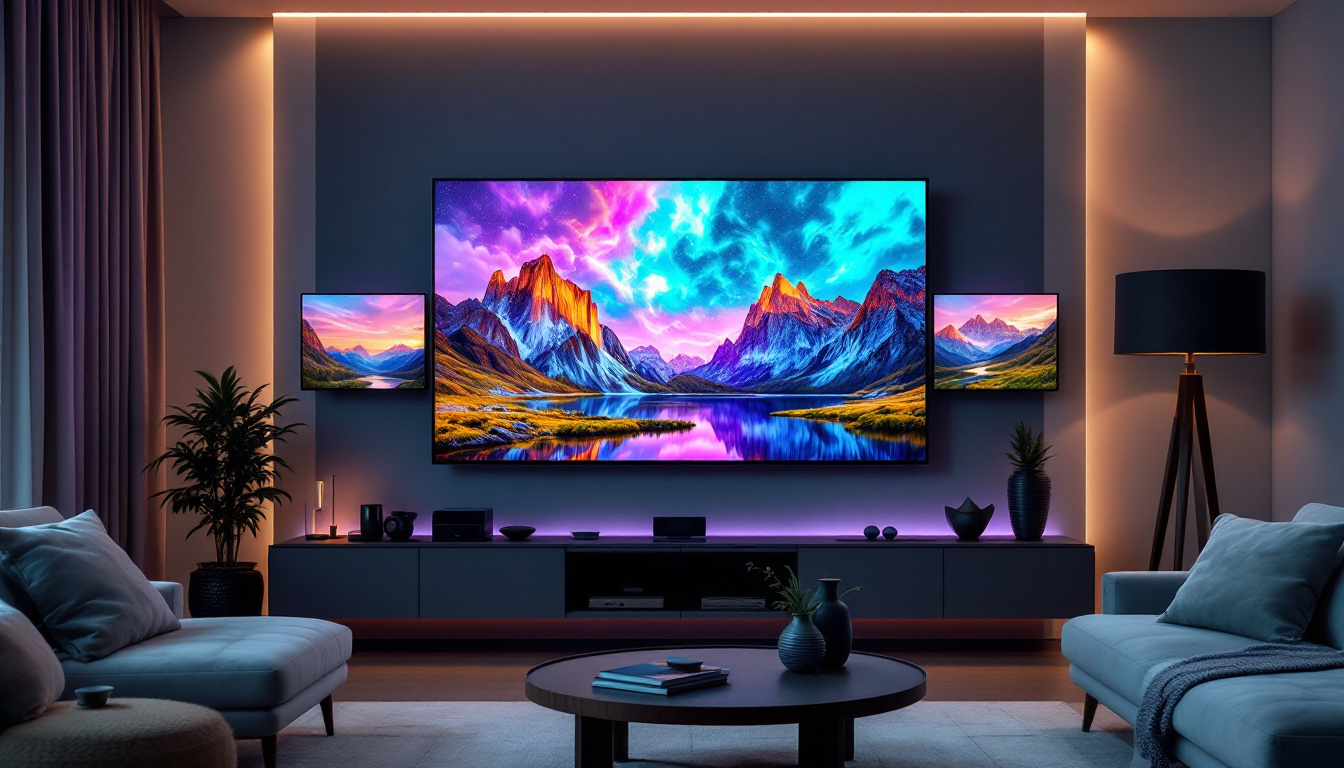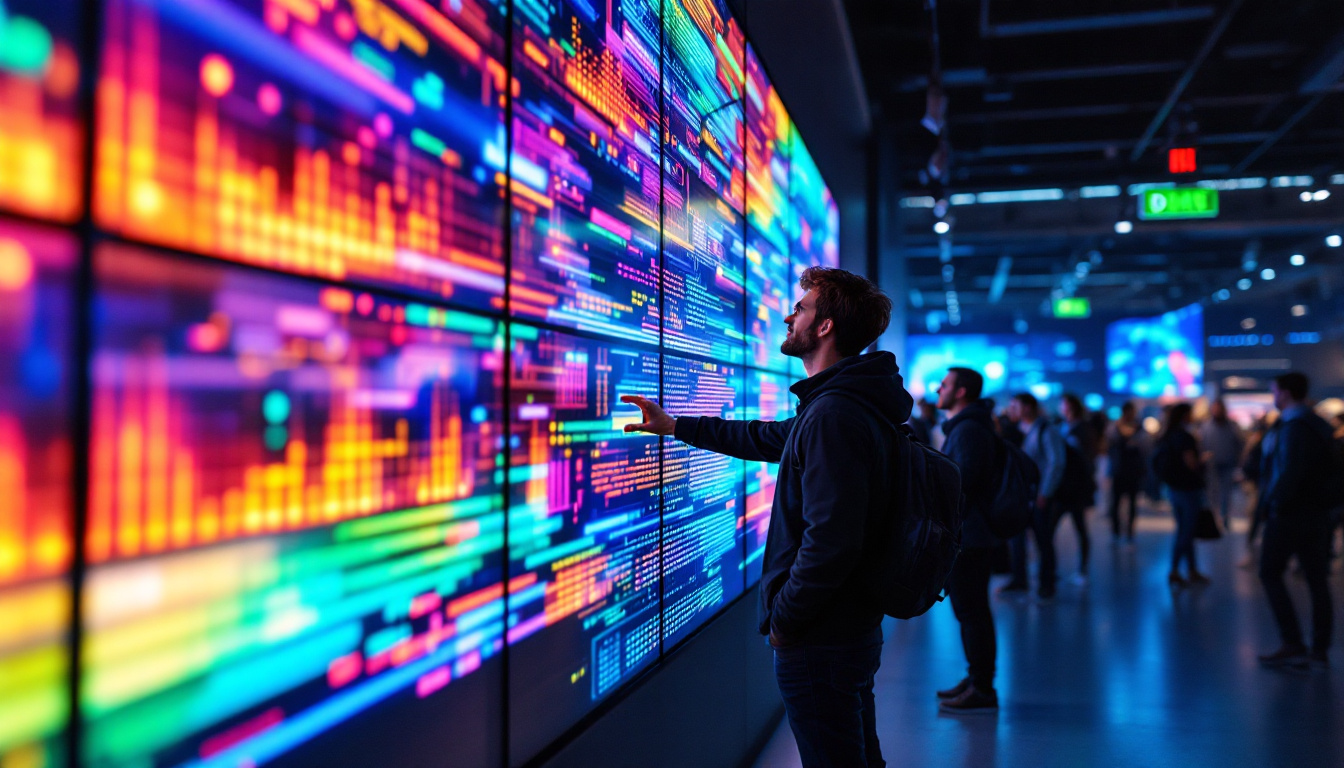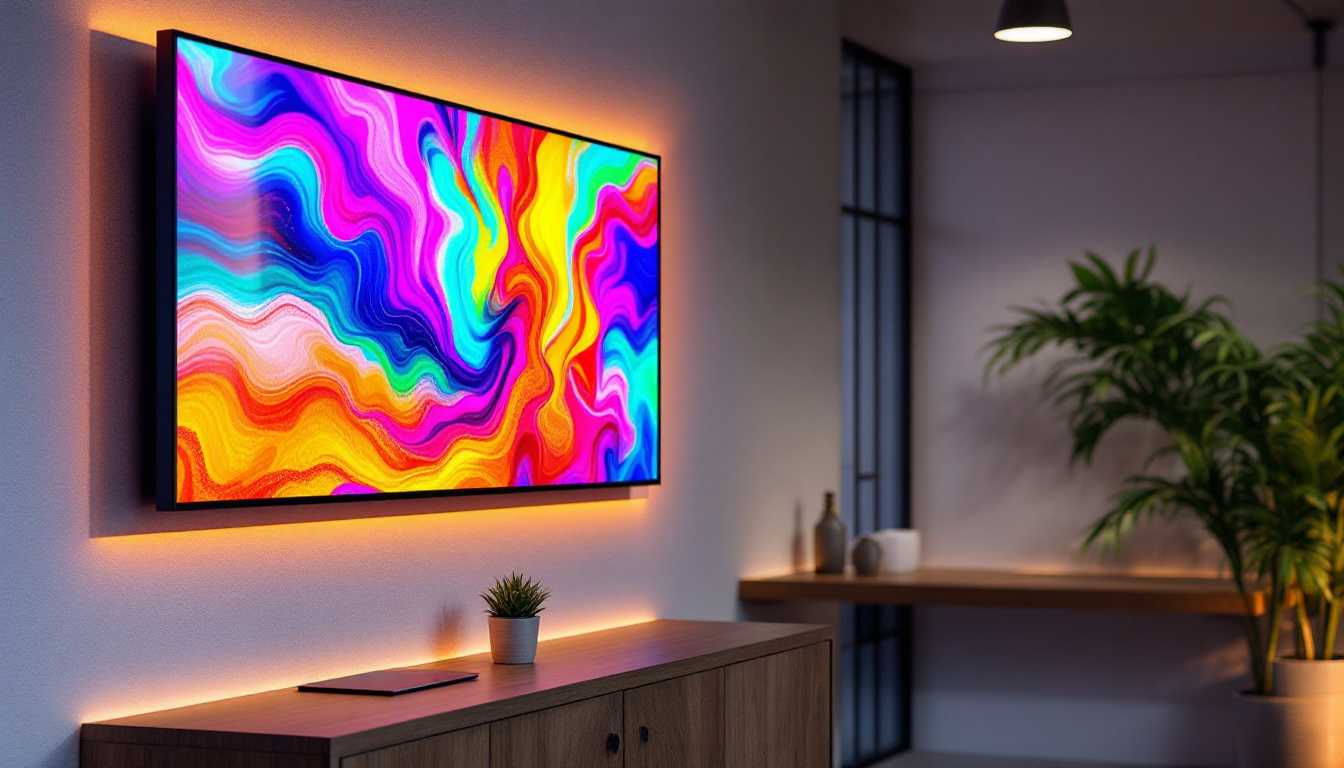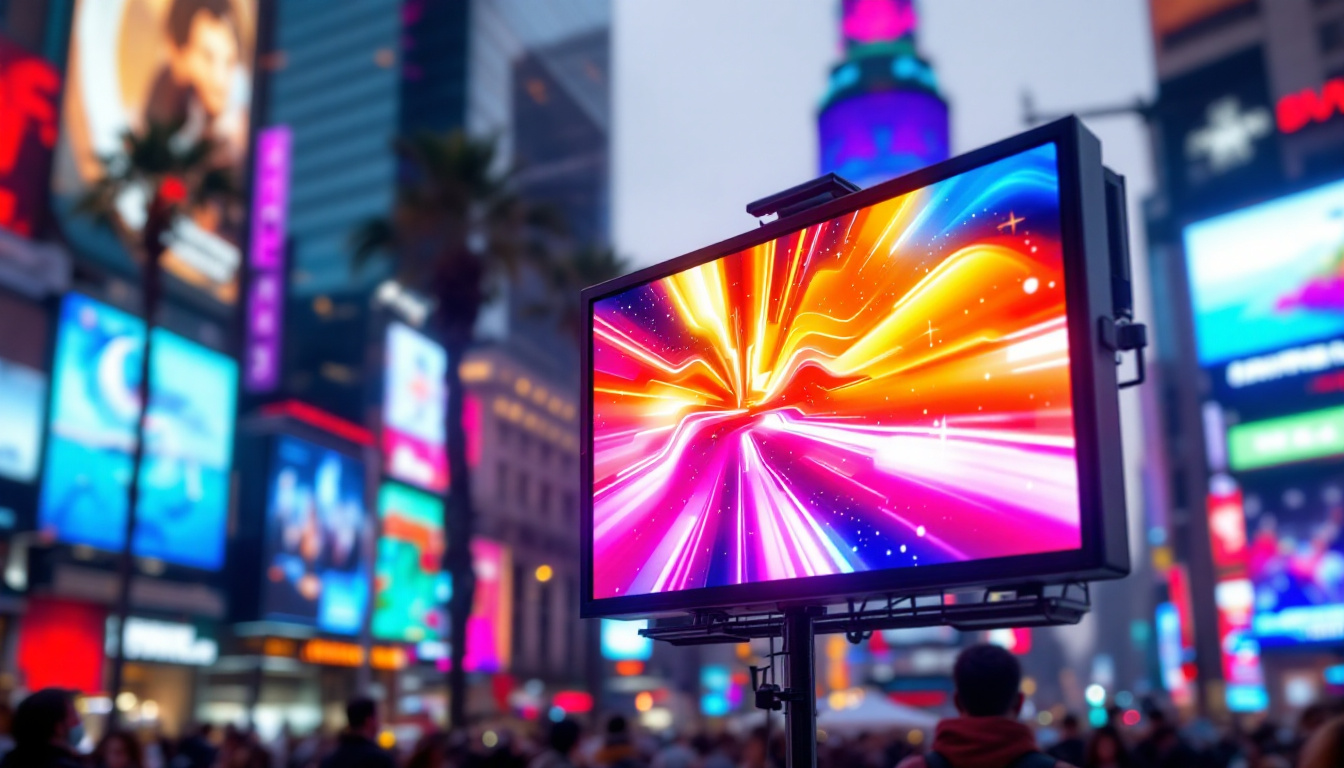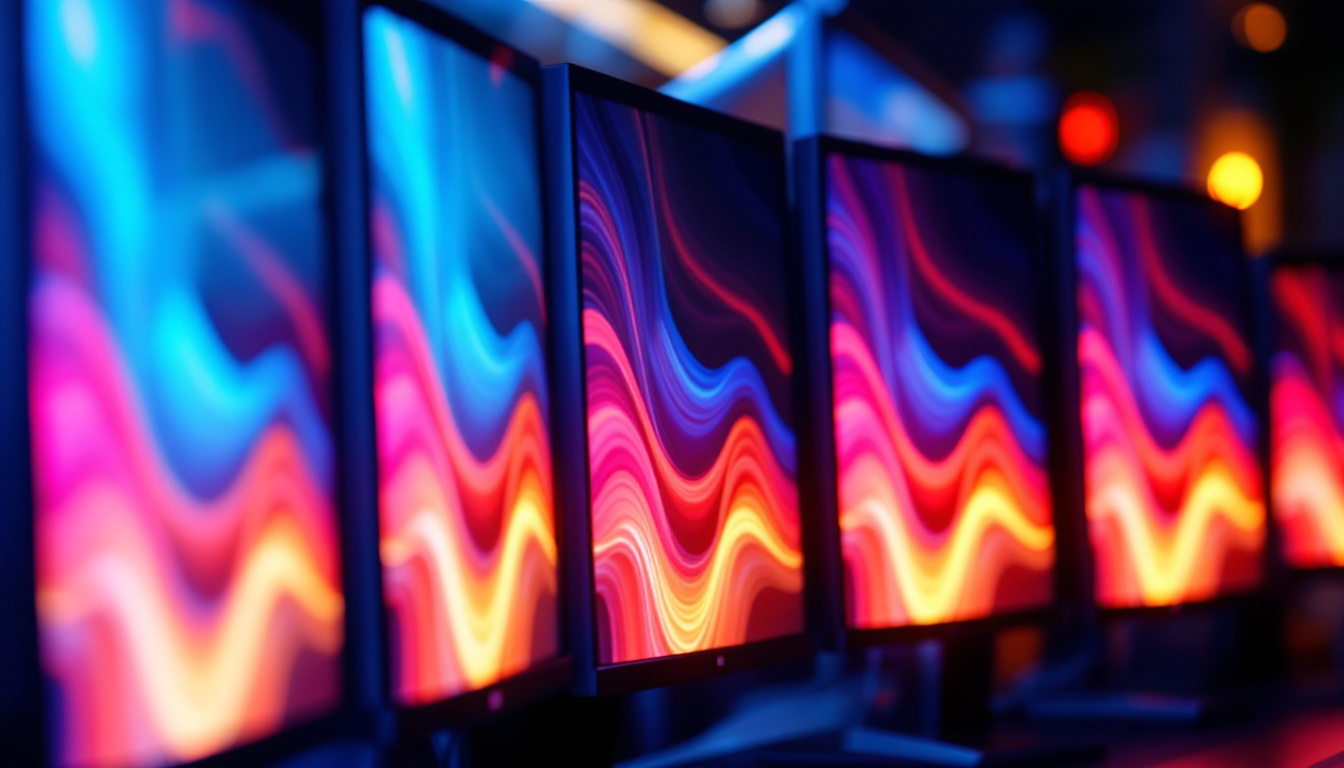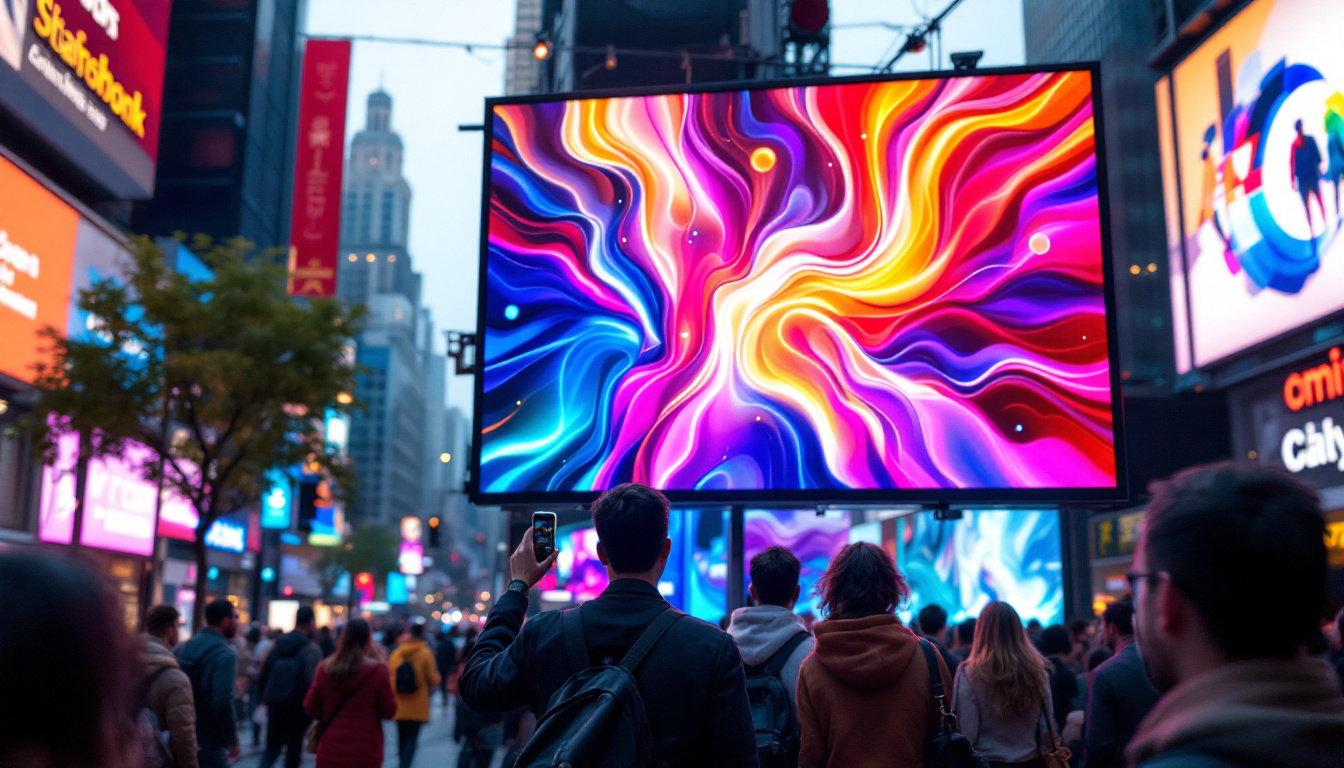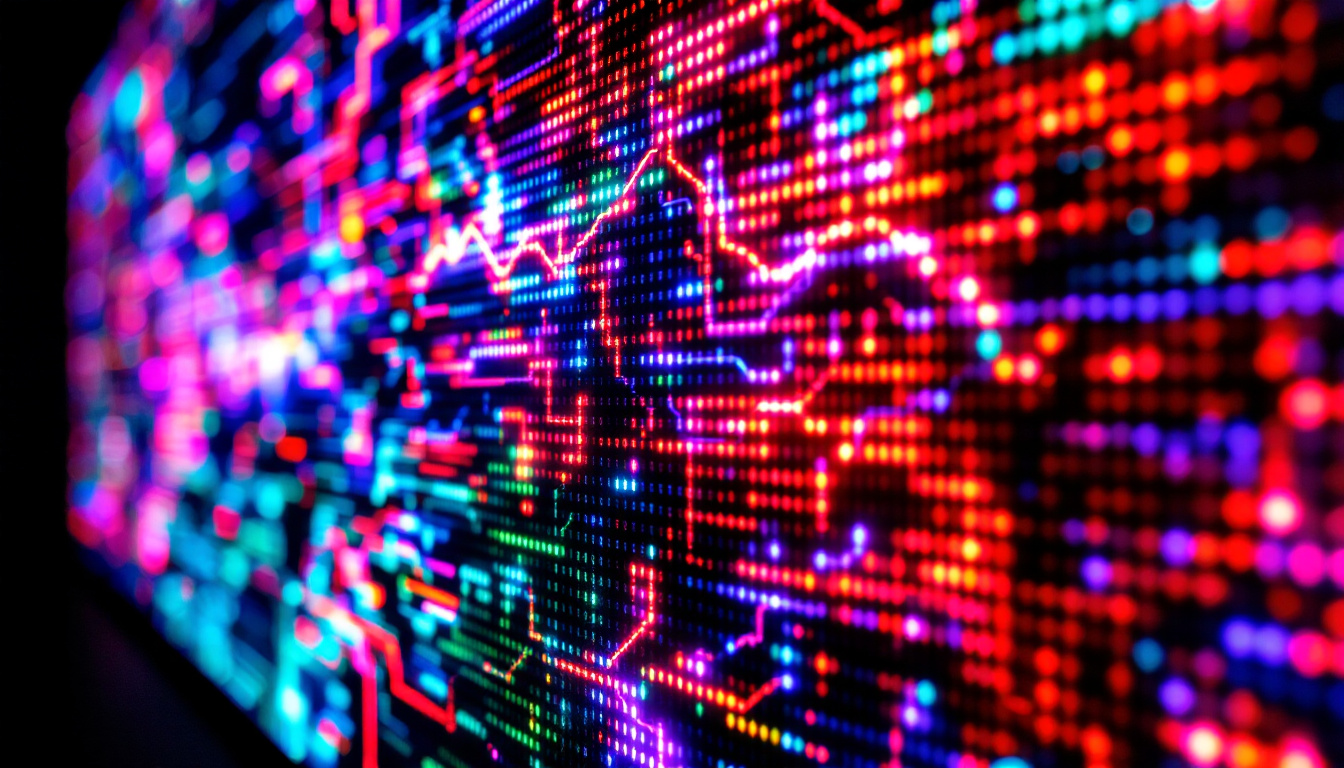In the ever-evolving world of technology, LED displays have emerged as a popular choice for various applications, ranging from advertising to personal use. This article aims to provide a comprehensive understanding of LED displays, their types, advantages, and how to choose the right one for your needs.
What is an LED Display?
LED, or Light Emitting Diode, displays are screens that use LEDs as their primary source of light. Unlike traditional LCD screens that rely on fluorescent backlighting, LED displays offer superior brightness, color accuracy, and energy efficiency. They are widely used in televisions, computer monitors, digital signage, and more. The versatility of LED technology has led to its adoption in various sectors, including retail, transportation, and entertainment, where eye-catching visuals are essential to attract attention and convey messages effectively.
How LED Displays Work
At the core of an LED display is a matrix of tiny LEDs that emit light when an electric current passes through them. These LEDs can be arranged in various configurations, allowing for different display types, such as full-color, monochrome, or bi-color displays. The combination of red, green, and blue LEDs can produce a wide spectrum of colors, making LED displays vibrant and visually appealing. This capability not only enhances the viewing experience but also allows for dynamic content, such as videos and animations, to be displayed with remarkable clarity and detail.
Each pixel on an LED screen is made up of sub-pixels, typically red, green, and blue. By adjusting the intensity of each sub-pixel, the display can create millions of color combinations, providing a rich viewing experience. This technology has made LED displays a preferred choice for applications requiring high-quality visuals. Furthermore, advancements in LED technology, such as the introduction of high dynamic range (HDR) and improved refresh rates, have elevated the performance of these displays, making them suitable for everything from gaming to professional graphic design.
Types of LED Displays
LED displays can be categorized into several types based on their application and technology. The most common types include:
- Direct View LED Displays: These displays consist of individual LEDs that create images directly. They are often used in large outdoor billboards and digital signage, where their brightness and visibility in sunlight are crucial for effective communication.
- LED-backlit LCD Displays: These displays use LEDs as a backlight for traditional LCD panels. They offer better contrast and color accuracy compared to standard LCDs, making them a popular choice for consumer electronics like televisions and computer monitors.
- Organic LED (OLED) Displays: OLED technology uses organic compounds to produce light, allowing for thinner displays and better color reproduction. They are commonly found in high-end televisions and smartphones, where their ability to achieve true blacks and vibrant colors enhances the overall viewing experience.
In addition to these common types, there are also specialized LED displays designed for unique applications. For instance, transparent LED displays are gaining popularity in retail environments, allowing products to be showcased behind the screen while still displaying dynamic content. Similarly, flexible LED displays are being developed for innovative uses, such as curved screens that can fit various architectural designs. These advancements continue to push the boundaries of what LED technology can achieve, making it an exciting field within the realm of visual display technology.
Advantages of LED Displays
LED displays offer numerous advantages that make them a popular choice for both consumers and businesses. Understanding these benefits can help in making an informed decision when considering a purchase.
Energy Efficiency
One of the most significant advantages of LED displays is their energy efficiency. Compared to traditional display technologies, LEDs consume significantly less power, which translates to lower electricity bills. This efficiency not only benefits the environment but also reduces operational costs for businesses.
Brightness and Visibility
LED displays are known for their exceptional brightness levels, making them easily visible even in direct sunlight. This characteristic is particularly advantageous for outdoor advertising and public displays, where visibility is crucial. The high contrast ratio of LED displays also enhances the clarity of images and text, ensuring that content is legible from various distances.
Longevity and Durability
LED displays have a longer lifespan compared to traditional display technologies. They can last up to 100,000 hours or more, depending on usage and environmental conditions. This durability makes them suitable for both indoor and outdoor applications, as they can withstand harsh weather conditions and require less frequent replacements.
Choosing the Right LED Display
When considering the purchase of an LED display, several factors should be taken into account to ensure that the chosen model meets specific needs and requirements.
Purpose and Application
Understanding the intended use of the LED display is crucial. For instance, a display meant for outdoor advertising will have different specifications compared to one intended for home entertainment. Consider whether the display will be used for digital signage, presentations, or personal use, as this will influence the size, resolution, and brightness needed.
Size and Resolution
The size of the display is another important consideration. Larger displays are better suited for public spaces, while smaller screens may be ideal for personal or office use. Additionally, resolution plays a key role in image quality. Higher resolutions, such as 4K or 8K, provide sharper images and are recommended for applications requiring detailed visuals.
Budget Considerations
LED displays come in a wide range of prices, depending on their specifications and features. It is essential to establish a budget before shopping to narrow down options. While it may be tempting to opt for the cheapest option, investing in a quality display can lead to better performance and longevity, ultimately saving money in the long run.
Applications of LED Displays
LED displays have found applications in various fields, showcasing their versatility and effectiveness. Here are some of the most common uses:
Advertising and Marketing
One of the most prominent applications of LED displays is in advertising. Businesses utilize large outdoor LED billboards to capture the attention of passersby. These displays can showcase dynamic content, including videos and animations, making them more engaging than static advertisements. Additionally, LED displays can be used in retail environments to promote products and sales.
Entertainment and Events
LED displays are widely used in the entertainment industry, particularly in concerts, festivals, and sporting events. Large LED screens provide audiences with a clear view of performances and events, enhancing the overall experience. Furthermore, LED technology is employed in stage backdrops and lighting, creating immersive environments for attendees.
Corporate and Educational Use
In corporate settings, LED displays are often used for presentations, meetings, and conferences. Their clarity and brightness make them ideal for displaying data and visuals to large audiences. Similarly, educational institutions utilize LED displays in classrooms and auditoriums to enhance learning experiences through interactive presentations and multimedia content.
Maintenance and Care for LED Displays
To ensure the longevity and optimal performance of LED displays, proper maintenance and care are essential. Here are some tips to keep in mind:
Regular Cleaning
Dust and dirt can accumulate on the surface of LED displays, affecting image quality. Regular cleaning with a soft, lint-free cloth is recommended to maintain clarity. For outdoor displays, additional cleaning may be necessary due to exposure to the elements.
Temperature and Humidity Control
LED displays should be kept in environments with controlled temperature and humidity levels. Extreme conditions can affect their performance and lifespan. For outdoor displays, it is crucial to ensure they are designed to withstand weather fluctuations.
Software Updates
Many LED displays come with software that may require periodic updates to enhance functionality and security. Keeping the software up to date ensures that the display operates smoothly and efficiently.
The Future of LED Displays
The future of LED displays looks promising, with ongoing advancements in technology paving the way for even more innovative applications. Emerging trends include:
MicroLED Technology
MicroLED technology represents the next evolution in display technology. By using microscopic LEDs, this technology offers improved resolution, color accuracy, and energy efficiency. MicroLED displays are expected to become more mainstream in the coming years, providing consumers with even better viewing experiences.
Flexible and Transparent Displays
Flexible LED displays are gaining traction, allowing for creative applications such as curved screens and wearable technology. Transparent LED displays are also emerging, enabling new possibilities in advertising and interior design. These innovations will likely redefine how displays are integrated into everyday life.
Smart Displays
As the Internet of Things (IoT) continues to expand, smart LED displays are becoming increasingly popular. These displays can connect to the internet, enabling remote management and real-time content updates. This capability is particularly beneficial for businesses looking to streamline their advertising efforts and enhance customer engagement.
Conclusion
LED displays have revolutionized the way information is presented and consumed across various sectors. Their energy efficiency, brightness, and versatility make them a preferred choice for both personal and professional applications. By understanding the different types of LED displays, their advantages, and how to choose the right one, consumers and businesses can make informed decisions that meet their specific needs.
As technology continues to advance, the future of LED displays promises even more exciting developments. From microLED technology to smart displays, the possibilities are endless. Investing in an LED display today not only enhances visual experiences but also positions individuals and businesses at the forefront of technological innovation.
Discover LumenMatrix’s Innovative LED Display Solutions
Ready to elevate your visual experience with the latest in LED technology? Look no further than LumenMatrix, a pioneer in crafting LED display modules that transform how you connect with your audience. From vibrant Indoor LED Walls to dynamic Outdoor LED Displays, and from mobile Vehicle LED Displays to sleek LED Poster Displays, LumenMatrix offers a comprehensive range of solutions tailored to your needs. Explore our LED Sports Displays, interactive Floor LED Displays, and the revolutionary All-in-One LED Display. Embrace the future with our Custom LED Displays and LED Transparent Displays, designed to captivate and engage. Check out LumenMatrix LED Display Solutions today and be at the forefront of visual innovation.

